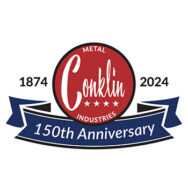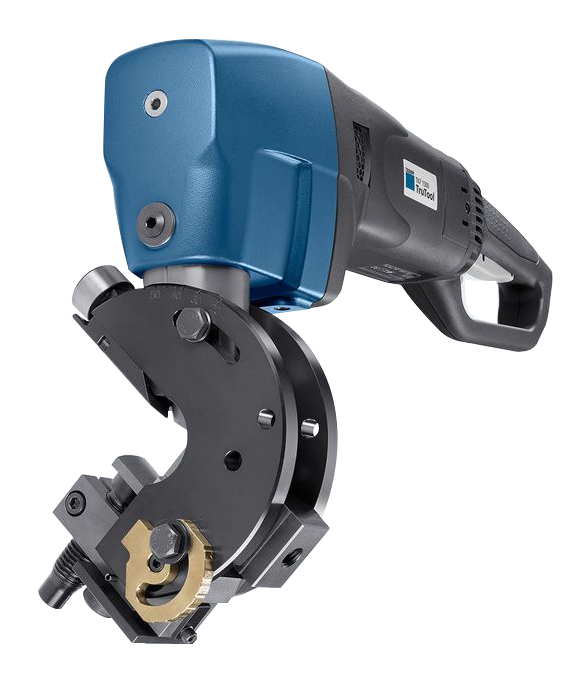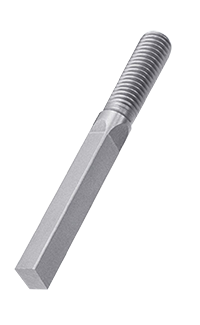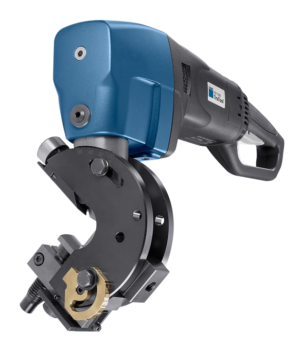What tool are you using to clean the edge of plate prior to butt welding?
Connecting two pieces of 1/2” (or thicker)carbon steel or 1/4” (or thicker) Stainless is accomplished by Butt welding the two joining edges end to end.
But simply joining the two pieces together and welding around the perimeter doesn’t give the joint any strength because the weld isn’t going much beyond the exterior of the two sections.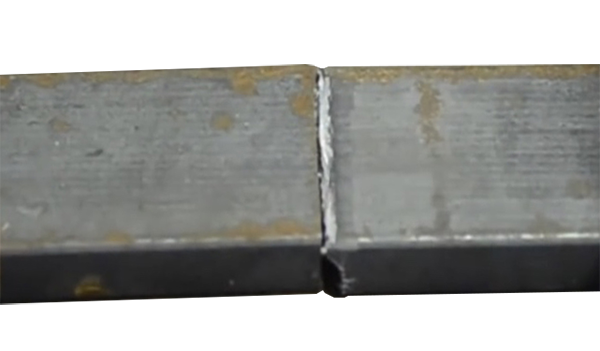
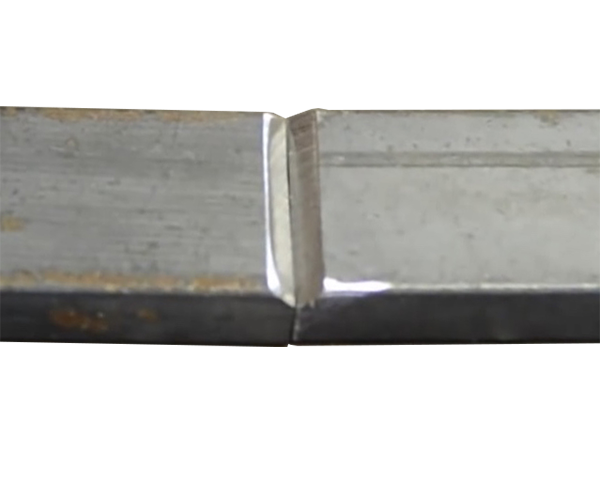
Corded and drawing up to 15 amps/single phase under load, the Trumpf TKF 1500 has no limit when it comes to max gauge thickness of plate or pipe; it’s the fastest Beveler on the market running at 5.5 feet per minute on carbon steel and, with the 2 speed option, 4.5 feet per minute on Stainless.
(Standard throat depth is 1.5 inches of thickness, but there’s a 6 inch adaptor available)
Replacement Parts in stock.
What tool are you using to clean the edge of plate prior to butt welding?
A. Beveler
B. Grinder
C. Other
